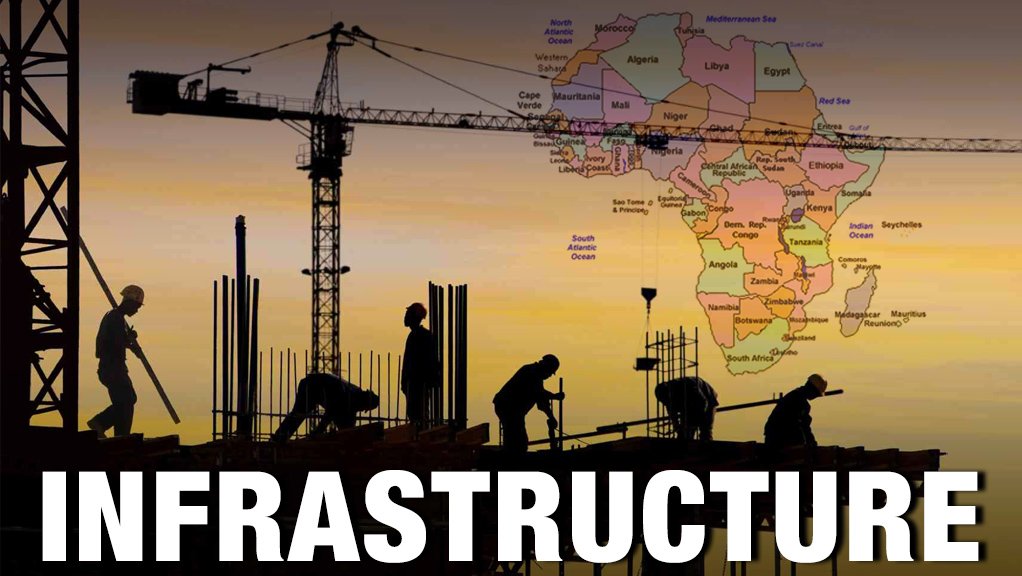Governments can no longer solely rely on conventional investment mechanisms to fund their public infrastructure development, cautions Industrial Development Corporation (IDC) agro, infrastructure and new industries divisional executive Khumo Morolo, describing traditional methods of project financing as “increasingly insufficient and inadequate”.
“Increasingly innovative financing mechanisms and models are needed to enable infrastructure and broaden South Africa’s economic base…and the public sector [is being] forced to be creative.
“That’s why we are seeing an increase in public–private partnerships (PPPs) and infrastructure funds…but PPPs are still not being used to their full advantage in Africa,” she told the inaugural Gauteng Infrastructure Investment Conference, in northern Johannesburg, on Thursday.
Morolo described sovereign wealth funds, pension funds, private equity funds, infrastructure bonds and emerging market partners, such as China, India, Turkey as well as Arab and Islamic funding institutions, as growing sources of infrastructure funding in Africa.
Noting potential mechanisms and instruments for increased infrastructure financing by the private sector, Morolo suggested the establishment of special purpose vehicles with the ability to enable revenue-generating infrastructure projects, such as State-owned energy utility Eskom’s new build programme.
PPPs could also be used more effectively, particularly in terms of risk and benefit sharing, while infrastructure projects could also be packaged in line with the requirements of retirement or pension funds.
Economically viable projects could be privatised to secure international private-sector funding, Morolo added.
Citing global examples of innovative funding mechanisms, she outlined that the UK had sourced a portion of its public infrastructure requirements through government guarantees, green investment banks and a dedicated infrastructure unit in Treasury, while Malaysia had filled its development coffers through the leveraging of government-linked corporations, which acted as main sponsors, and infrastructure bonds.
“Another example of innovative infrastructure financing can be seen in Singapore, where the government used fiscal prudence and long-term planning as an initial approach before tapping into its central provident fund and statutory boards, and reinvesting surplus funds into the Singapore Investment Authority.
“Then, in the 2000s, the country switched to the PPP model and privatised most public utilities,” Morolo explained.
Other international financing trends had seen the use of differential reserve requirements and statutory liquidity ratios, which induced commercial loans to banks to hold a portion of their liquid assets in government bonds.
Priority-sector lending requirements for commercial banks were also currently being leveraged to channel private capital towards the productive sectors of the economy.
Notwithstanding the various sources of funding available, Morolo noted that the role of development finance institutions (DFIs) remained critical, given the massive financing needs and that these institutions often provided financial products that were not readily available in the market, such as equity and long-term debt.
“DFI’s are also, generally, prepared to take and manage higher risk profiles, adopt a developmental rather than a financial return maximisation approach and play a catalytic role by crowding-in private-sector investment,” she held.
The funding of infrastructure projects, meanwhile, held its own set of challenges, particularly as these projects often had longer payback and build-out periods, which increased regulatory risk.
Inadequate capacity to package projects to bankability stage for private investors was also prevalent.
EMAIL THIS ARTICLE SAVE THIS ARTICLE
To subscribe email subscriptions@creamermedia.co.za or click here
To advertise email advertising@creamermedia.co.za or click here











